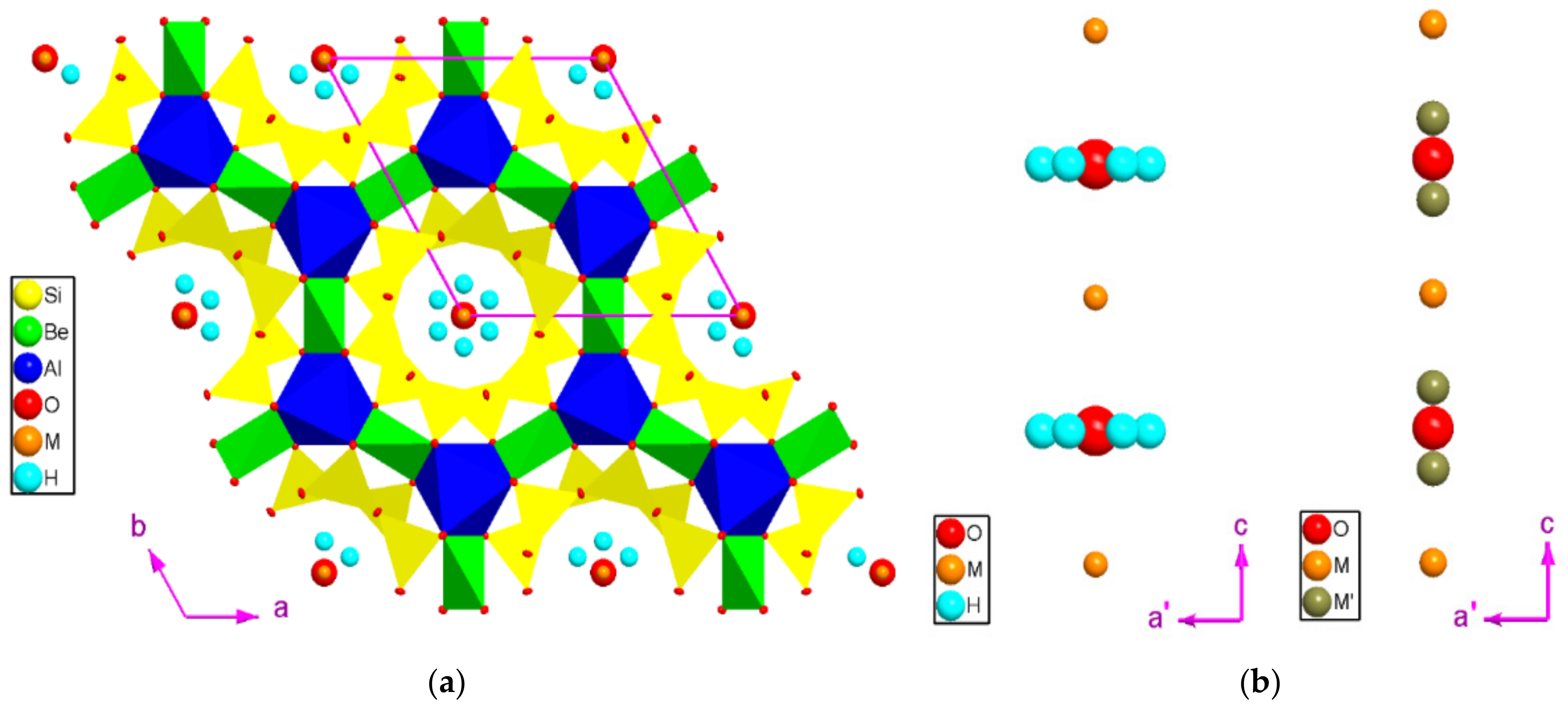Tropical Storm Beryl: Nhc Beryl

Tropical Storm Beryl, the second named storm of the 2023 Atlantic hurricane season, formed on July 4th, 2023, from a tropical wave that emerged off the coast of Africa. The storm rapidly intensified, reaching tropical storm strength within 24 hours of its formation.
Hurricane NHC Beryl, an Atlantic Ocean hurricane, is forecast to make landfall on the east coast of the United States. Meteorologists use spaghetti models to predict the path of the hurricane. These models show a range of possible paths that the hurricane could take, which helps forecasters to issue more accurate warnings.
Beryl is expected to continue moving westward over the next few days, potentially impacting the Lesser Antilles and the Caribbean Sea. The storm is forecast to strengthen further and could become a hurricane by the end of the week.
NHC Beryl wan strong storm weh did a head fuh Barbados. E did a cause plenty damage and flooding. Barbados Hurricane Beryl did a bad one fuh de island. But NHC Beryl did a move on and did a weaken.
Barbados did a start fuh rebuild and recover from de storm.
Formation and Development
Beryl formed from a tropical wave that moved off the coast of Africa on July 3rd. The wave was initially disorganized, but it quickly gained strength as it moved westward across the Atlantic Ocean. By July 4th, the wave had developed into a tropical depression, and by the evening of the same day, it had strengthened into a tropical storm.
Beryl’s rapid intensification was due to several factors, including warm ocean waters, low wind shear, and a favorable atmospheric environment. The storm is expected to continue to strengthen as it moves westward over the next few days.
Projected Path and Potential Impacts
Beryl is expected to continue moving westward over the next few days, potentially impacting the Lesser Antilles and the Caribbean Sea. The storm is forecast to pass south of Puerto Rico and Hispaniola, and then turn northward toward the Bahamas.
Beryl could bring heavy rain, strong winds, and storm surge to the islands it passes near. The storm could also cause flooding and landslides in mountainous areas.
Potential Impacts of Beryl
Tropical Storm Beryl poses significant threats to coastal areas. The storm’s strong winds, heavy rainfall, and potential storm surge can cause widespread damage and disruption.
Storm Surge and Flooding
Storm surge, a wall of water pushed ashore by the storm’s winds, is a major concern. Beryl’s surge could reach heights of 3-5 feet above normal tide levels, inundating low-lying coastal areas. Flooding from heavy rainfall can also occur, leading to road closures, property damage, and displacement of residents.
Wind Damage
Beryl’s strong winds can cause significant damage to infrastructure and property. Winds could reach sustained speeds of up to 60 mph, with gusts even higher. This can lead to downed power lines, damaged buildings, and uprooted trees.
Mitigation Measures
To mitigate these impacts, coastal communities should implement comprehensive evacuation plans. Residents in vulnerable areas should be prepared to evacuate quickly if necessary. Emergency preparedness kits, including food, water, and first aid supplies, should be readily available. Local authorities should also coordinate with emergency response teams to ensure a swift and effective response.
Comparison to Previous Storms

Tropical Storm Beryl shares similarities and differences with other storms that have impacted the region in the past. Understanding these comparisons can help us better prepare for and respond to Beryl’s potential impacts.
In terms of intensity, Beryl is expected to be a weaker storm compared to major hurricanes like Irma or Maria, which caused widespread devastation in the Caribbean and Florida in recent years. However, Beryl’s track and potential impacts are still uncertain and could change as the storm develops.
Similarities, Nhc beryl
One similarity between Beryl and previous storms is the potential for heavy rainfall. Tropical storms and hurricanes often bring torrential downpours, which can lead to flooding, mudslides, and other hazards. Beryl is expected to produce significant rainfall, especially in coastal areas.
Another similarity is the potential for strong winds. Tropical storms and hurricanes are known for their high winds, which can cause damage to buildings, infrastructure, and trees. Beryl is expected to produce sustained winds of up to 60 mph, which could cause power outages and other disruptions.
Differences
One difference between Beryl and previous storms is its expected track. Beryl is forecast to move along the east coast of Florida, while other storms have made landfall in different areas of the region. The specific track of Beryl will determine which areas are most at risk for impacts.
Another difference is the timing of Beryl. The storm is expected to make landfall in early July, which is earlier than the peak of the Atlantic hurricane season. This could mean that fewer people are prepared for the storm’s impacts.
Lessons Learned
The experiences of previous storms can provide valuable lessons for preparing for and responding to Beryl. One lesson is the importance of early preparation. Residents in potential impact areas should have an emergency plan in place and gather necessary supplies, such as food, water, and first-aid kits.
Another lesson is the need for effective communication. During a storm, it is critical to stay informed about the latest forecasts and warnings. Residents should have multiple ways to receive information, such as through local media, social media, and government websites.